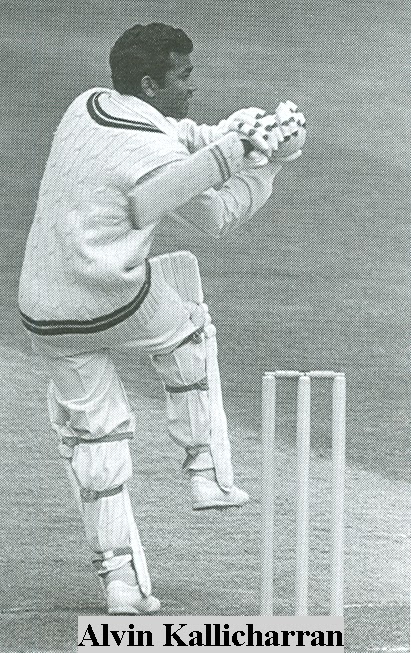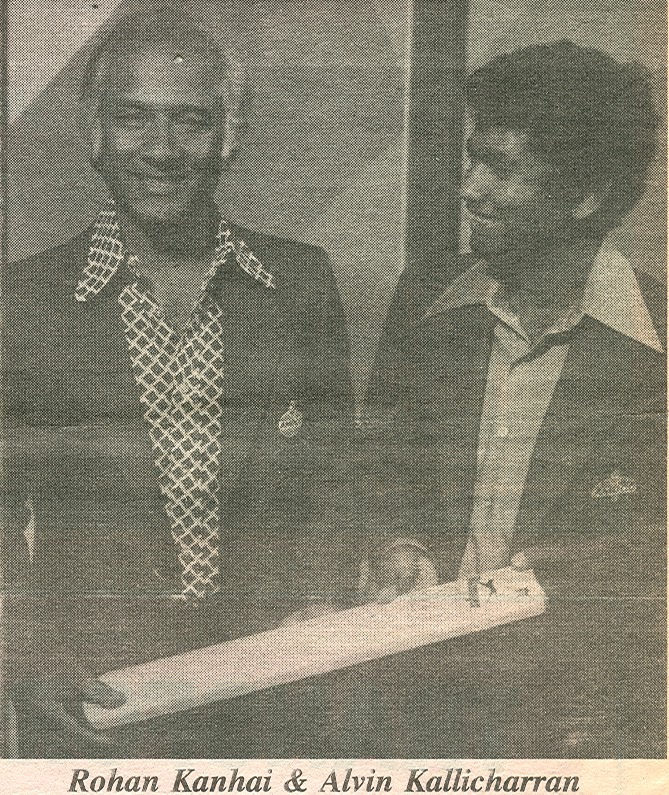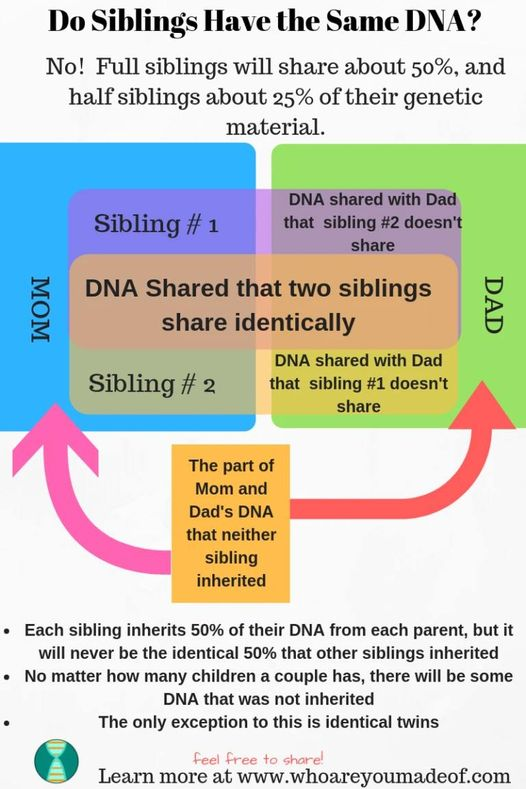EMANCIPATION CHORUS.
By T. R. F. Elliott.
Forward! Sons of Africa;
March in Progress’ Train!
Now in far America
Yoked no more in chain.
“Forward!” let your watchword be,
Forward, Brethren! You are free;
Forward! ’Tis your jubilee;
Rise and wisdom gain!
Chorus.
Forward! Sons of Africa;
Though far o’er the sea;
Yet in far America
Chant your jubilee.
Forward! Freedom, onward move!
Brethren of mankind!
Forward! Onward, strive to improve!
Elevate your mind.
Be not deaf to Progress’ call;
Forward, Brethren! March on, all!
You can rise, both great and small.
None should flag behind.
Forward! Onward, upward rise!
Grasp a nobler fate;
Cultivate the gift that lies
Dormant and innate!
You no more in serfdom kept;
Fifty summers have not slept,
Have not mourned and have not wept
’Neath the tyrants’ weight.
Forward! Try to imitate
Other who have striven
Hard to gain a nobler state,
Which at last is given,
Join the Ethiopic hand
In one vast, colossal band –
In one unity, so grand,
As that in heaven.
THANKSGIVING
by T. R. F. Elliott.
God, Creator, Father dear!
Bend us low Thy gracious ear;
From Thy heav’nly home above,
List in mercy and in love
To this feeble psalm of praise
We, now freeborn, meekly raise
Joyfully, dear God, to Thee
In this year of Jubilee!
God, Redeemer, Brother kind,
Holy, lowly, meek in mind;
Who on Calvary suffered death,
So to gain us ceaseless breath,
Hear from heav’n, Thy high abode,
This thanksgiving prayer and ode
Which we freeborn chant to Thee
In this year of Jubilee!
God, our Comforter and Friend,
Be with us till time shall end;
Grant us grace, and strong faith give,
So that here on earth we live,
Perfect, upright, good and true,
While our heav’nly course pursue;
Hear our prayer we pour to Thee
In this year of Jubilee!
Now, upraise your voices all!
On your knees each freeborn fall,
Praise Jehovah, King and God,
Bow submissive to His rod,
And His great bless’d name adore
Henceforth and for evermore!
Praise Him, O ye people free,
On this Freedom’s Jubilee!
REJOICE! ’TIS FREEDOM’S JUBILEE.
Rejoice! rejoice! rejoice!
All hearts of true-born free!
Shout forth in grateful melody –
“Rejoice! rejoice! rejoice!
’Tis Freedom’s Jubilee!”
No more the tyrant’s yoke to bear,
No more his cruel anger fear,
No more this flesh with lashes tear,
No more the mark of woe we wear;
But free are we to-day,
Hence all should chant this lay,
In strains of sweetest harmony –
“Rejoice! rejoice! rejoice!
’Tis Freedom’s Jubilee!”
“Rejoice! rejoice! rejoice!
All hearts of true-born free!
In tuneful voices join this glee –
“Rejoice! rejoice! rejoice!
’Tis Freedom’s Jubilee!”
Bless God that we have not been born
Poor wretched slaves, in bond forlorn ;
Our souls with ignorance adorn,
By toil and pain and grief out worn ;
No, free are we to-day,
Hence all should chant this lay,
In strains of sweetest harmony –
“Rejoice! rejoice! rejoice!
’Tis Freedom’s Jubilee!”
“Rejoice! rejoice! rejoice!
All hearts of true-born free!
Sing forth this theme quite merrily –
“Rejoice! rejoice! rejoice!
’Tis Freedom’s Jubilee!”
Full fifty years have passed away
Since Slavery lost its ruling away,
And we, this first of August day,
Our psalm of thanks to God do pray ;
For free we are to-day,
Hence all should chant this lay,
In strains of sweetest harmony –
“Rejoice! rejoice! rejoice!
’Tis Freedom’s Jubilee!”
JUBILEE CAROL
A merry Jubilee to all,
May choicest blessings on you fall
From those storehouses up above,
Teeming with peace, and joy and love,
May every heart be light and gay ;
In joy this day be passed away ;
May every voice in rapture call,
“A merry, merry, Jubilee to all!”
Chorus.
Merrily let us pass away,
This happy merry Freedom Day;
This day the source of Freedom’s joyful birth,
Then all with eager hearts combine
To hail the Lord of Lords Divine
Oh, make ye no delay,
Come hail the Lord of Lords Divine
This merry, merry, Freedom Day.
The Earth within her circling bound,
Unchecked, hath fifty times gone round
Since freedom was restored to those
Who erewhile suffered bitter woes ;
Their hearts made glad, their faces bright
Their souls unshroud to wisdom’s light?
This day to celebrate we meet
And “Merry Jubilee to all” we greet.
Chorus: Merrily let us pass away, etc.
A happy freedom to old age!
May youth enjoy long life and sage!
A happy freedom to the sad!
Oh, may their hearts again be glad;
A merry freedom to the poor –
May God replenish their spent store!
To weak and strong, to great and small,
A merry, merry freedom to all!
Chorus: Merrily let us pass away, etc.
T. R. F. Elliott., 1888
It is very easy to understand how religion and emancipation had such a prominent place in the poetical writings of the earlier negroes. They naturally saw emancipation as the greatest event in their history and felt its inspiring influence, hence much of their poetry centered in this theme.
There is yet another feature, namely, that in the earliest productions, the thanks for emancipation are distributed between God, Queen Victoria, and the politicians. In later productions the poet gave his thanks to God principally, while in years to come the value of the right hand of the slaves in battle in hastening emancipation will be recognized by our poets. We may compare Oliver’s poem “oh! Ye first of August” with the following anonymous song, written in a more martial and rugged spirit:-
“ Liberty, boys forever, boys hurrah
Oh, liberty, boys forever, boys hurrah, boys hurrah
Oh, we rally round the bounty blue flag
We rally once again
Shouting in the battle cry Freedom.
“ Victoria gave us freedom, boys hurrah,
Oh, Victoria gave us freedom, boys hurrah, boys hurrah
Oh, we rally round the bounty blue flag
We rally once again
Shouting in the battle cry Freedom.”
The “rally round the bounty blue flag” becomes clear when one bears in mind that the mediaeval Africans were accustomed to fight with flags and standards, and that the slaves would sometimes hoist a flag in their rebellions.
Fifty years later Thomas Elliott conceived the idea of celebrating the Jubilee of emancipation in fine style. He spared no pains to make it a success, and so filled was he with enthusiasm over the event that it is not surprising that his own songs best reflected the spirit of the occasion. All the songs and hymns song were of local creation, and so was the music, the choir of 150 voices being under Sandiford Blades, one of the outstanding musicians and composers of the time. All the contributors, Elliott, Blades, Leo, G. W. Rockcliffe, S. E. Wills seemed to recognize that God himself was behind the great emancipation. Elliott was also a prose writer. He actually wrote some account of the history of the Negroes from1838 to 1888, but I do not know what became of it.
Source:
Cameron, Norman Eustace (1931) Guianese poetry, covering the hundred years' period, 1831-1931. Selected and edited by Norman Eustace Cameron, Georgetown , British Guiana , Printed by "The Argosy" Company, Limited, 1931.












